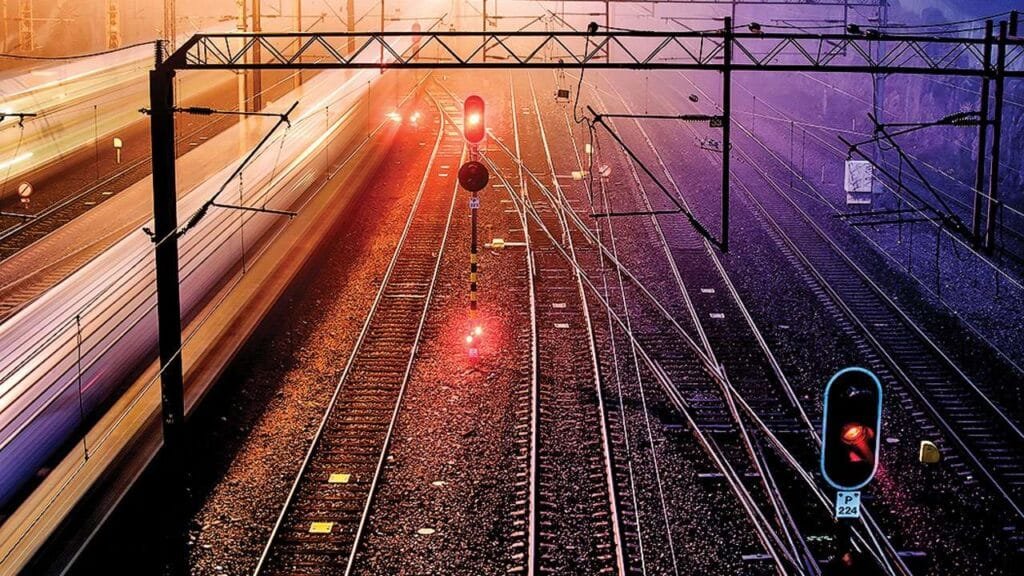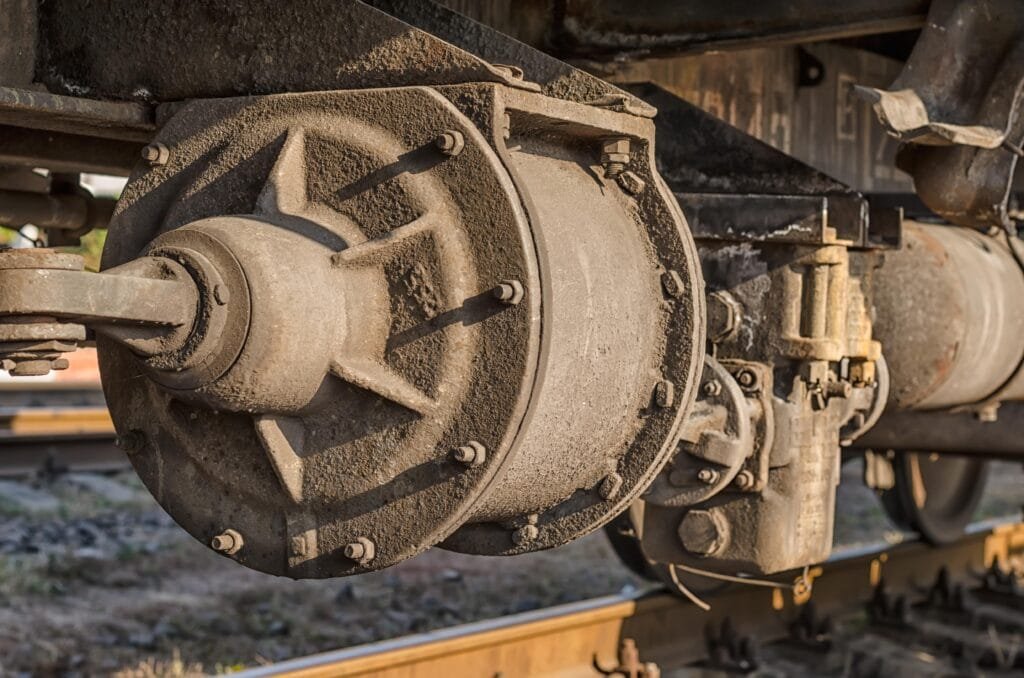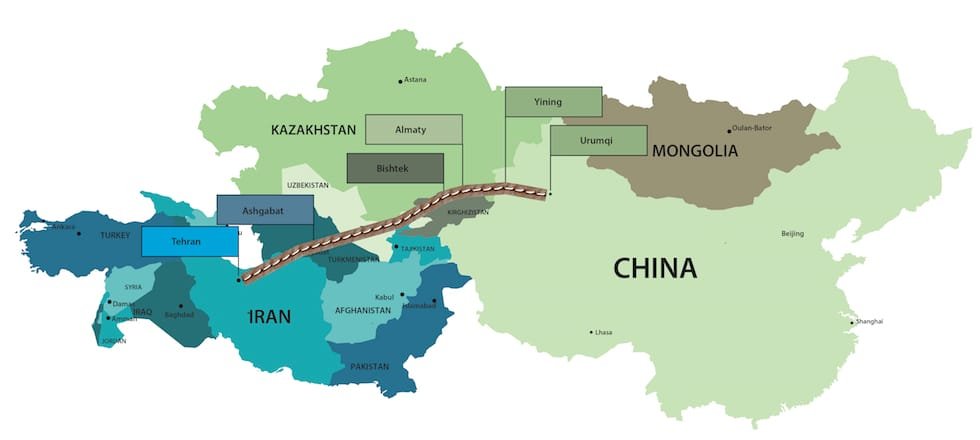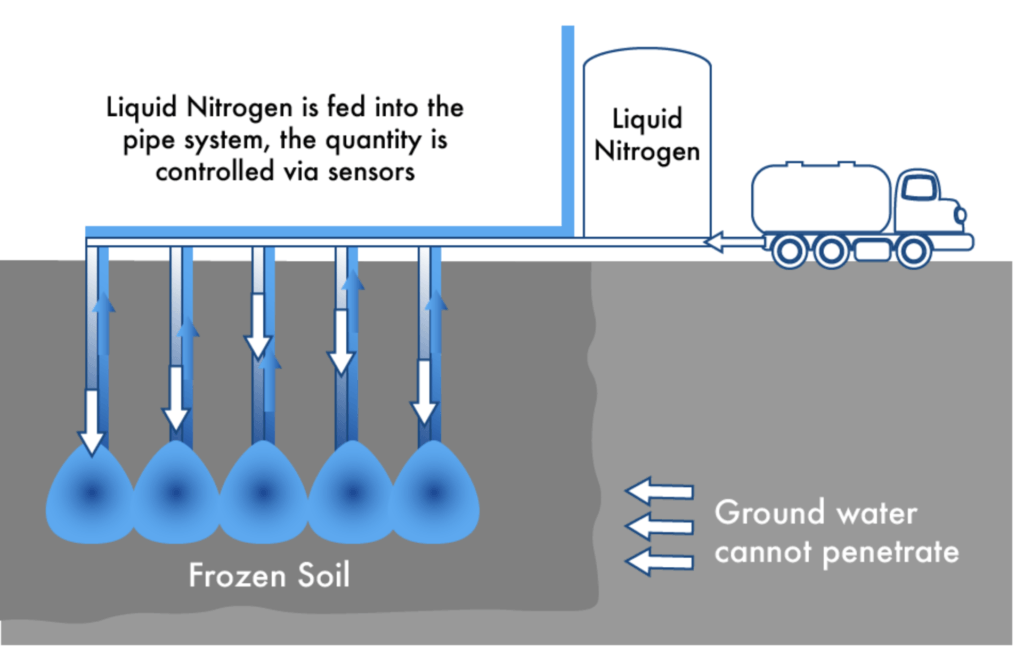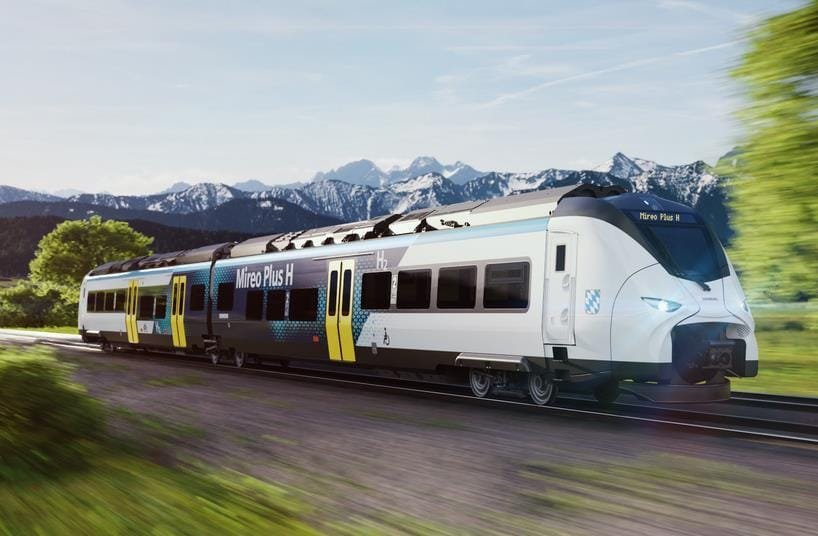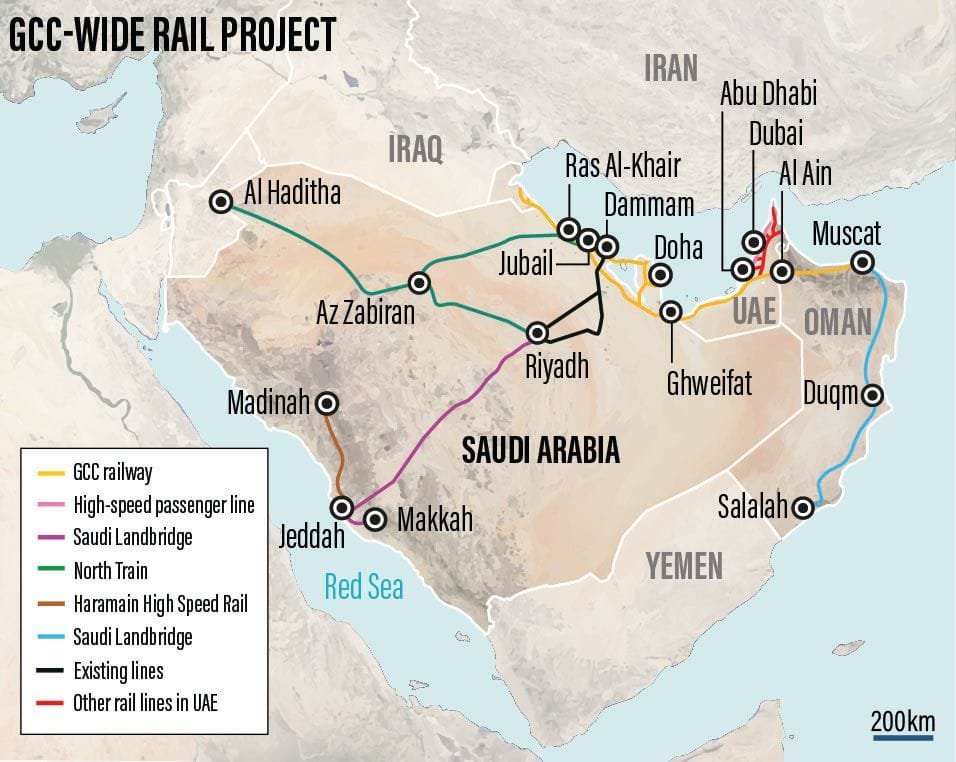America’s High-Speed Rail Revolution: New Momentum for U.S. Railways
Switches Aligned, Route Clear! 🚆
For years, America has watched as high-speed trains zipped across Europe and Asia — sleek, silent, and fast. From Tokyo to Paris, from Shanghai to Madrid, travelers have come to expect rail as a real alternative to cars and planes.
And yet, in the U.S., the idea of high-speed rail has often felt like a dream deferred — delayed by politics, funding issues, and a car-first culture.
But now, something’s changing.
The Biden administration has injected billions into rail infrastructure, states are starting to move forward, and private investors are stepping in. Could this be the beginning of America’s high-speed rail revolution?
Why the U.S. Has Lagged Behind
Unlike Europe or Japan, the United States never developed a national high-speed rail network. Its geography is vast, car culture dominates, and investments in rail have long taken a back seat to highways and airports.
Instead of one national project, what we see today is a patchwork of ambitious regional efforts — each with its own funding model, challenges, and vision. And while none are finished yet, three projects stand out.
California: A Long Road to a Fast Train
Back in 2008, California voters approved a bold plan: build a high-speed rail line from San Francisco to Los Angeles, connecting the state with 220 mph (354 km/h) bullet trains.
More than a decade later, it’s still a work in progress.
So far, construction has focused on a 171-mile segment between Merced and Bakersfield in the Central Valley. This stretch is now under active development, with passenger service targeted for 2030.
The federal government recently allocated $3.1 billion to speed up progress. But the project has faced major hurdles — costs have ballooned from $33 billion to over $100 billion, and political critics argue it’s too expensive.
Still, California High-Speed Rail is the most advanced public HSR effort in the country — and if completed, it could reshape the way Californians move between major cities.
Texas: The Promise of 90-Minute Travel
Imagine going from Houston to Dallas in just an hour and a half — no airport lines, no traffic. That’s the vision behind Texas Central Railway, a project inspired by Japan’s Shinkansen bullet trains.
The idea is solid: connect two of America’s fastest-growing cities with a 240-mile high-speed line. But after early enthusiasm, the project ran into trouble. Legal challenges from landowners, a lack of confirmed funding, and changing political winds have slowed things down.
Now, Amtrak has stepped in, exploring ways to help revive the project and bring federal support. Whether Texas can turn vision into reality remains to be seen — but the demand is there.
Brightline West: The One to Watch
If you’re looking for the project with the most momentum today, it’s Brightline West — a privately funded line connecting Las Vegas to Southern California.
Construction officially began in April 2024, and the numbers are promising: $3 billion in federal grants, $2.5 billion in private bonds, and a clear plan to finish the line by 2028 — just in time for the Los Angeles Olympics.
What makes Brightline West different?
It’s led by the private sector, meaning less bureaucracy. It follows highway corridors, making land acquisition easier. And it’s being built with public-private coordination that could set the model for future lines.
If successful, Brightline West will become the first true high-speed rail line in the U.S., capable of reaching speeds over 180 mph (290 km/h).
The Bigger Picture: Biden’s Rail Strategy
The current administration has placed rail at the heart of its infrastructure strategy. With the Infrastructure Investment and Jobs Act (IIJA) passed in 2021, the federal government committed $66 billion to passenger rail, including:
-
$16.4 billion for Amtrak’s busy Northeast Corridor
-
Major grants for high-speed rail in California, Nevada, and beyond
-
Support for planning, environmental clearance, and technology development
The goals are clear: cut carbon emissions, reduce highway and airport congestion, and create jobs in rail construction and operations.
Is the U.S. Finally on Track?
The U.S. high-speed rail story is still being written. Delays, lawsuits, and funding gaps are real — but so is the momentum.
California is building. Nevada is moving fast. Texas might come back online. And Washington, for once, is putting money where its tracks are.
What happens in the next five years will be critical. If even one of these projects succeeds, it could trigger a wave of new investments — and show Americans that fast, clean, modern rail is not just for other countries.
Conclusion: America’s High-Speed Rail Moment
The dream of high-speed rail in the U.S. has always felt just out of reach. But today, the pieces are finally moving into place.
It won’t happen overnight. But if the trains start running — if we see passengers boarding in Bakersfield, Las Vegas, or Houston — then a new chapter in American mobility will begin.
And at Beyond Tracks, we’ll be following every mile of it.
Sources:
-
U.S. Department of Transportation – High-Speed Rail Fact Sheets (2024)
-
California High-Speed Rail Authority – Project Updates and Budget Reports (2024)
-
Amtrak – Strategic Partnership Statements (2024)
-
Brightline West – Official Construction Announcements (April 2024)
-
Texas Central – Status and Legal Filings (2024)
-
Infrastructure Investment and Jobs Act – Federal Funding Breakdown (2021–2024)
-
US High Speed Rail Association – National Vision Map (2024)



